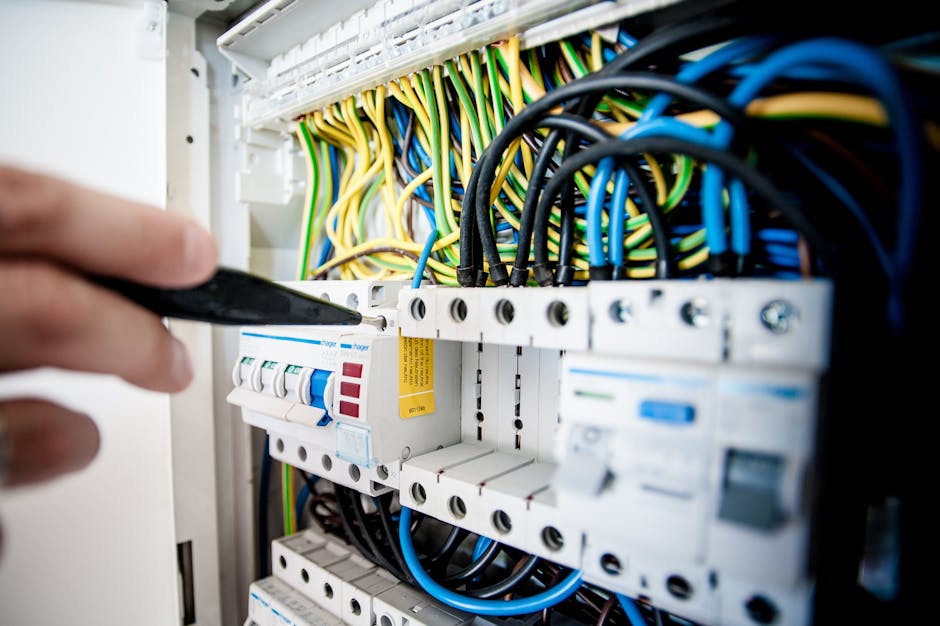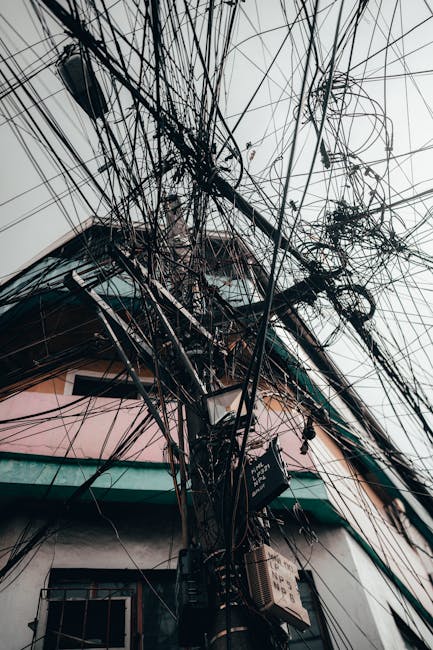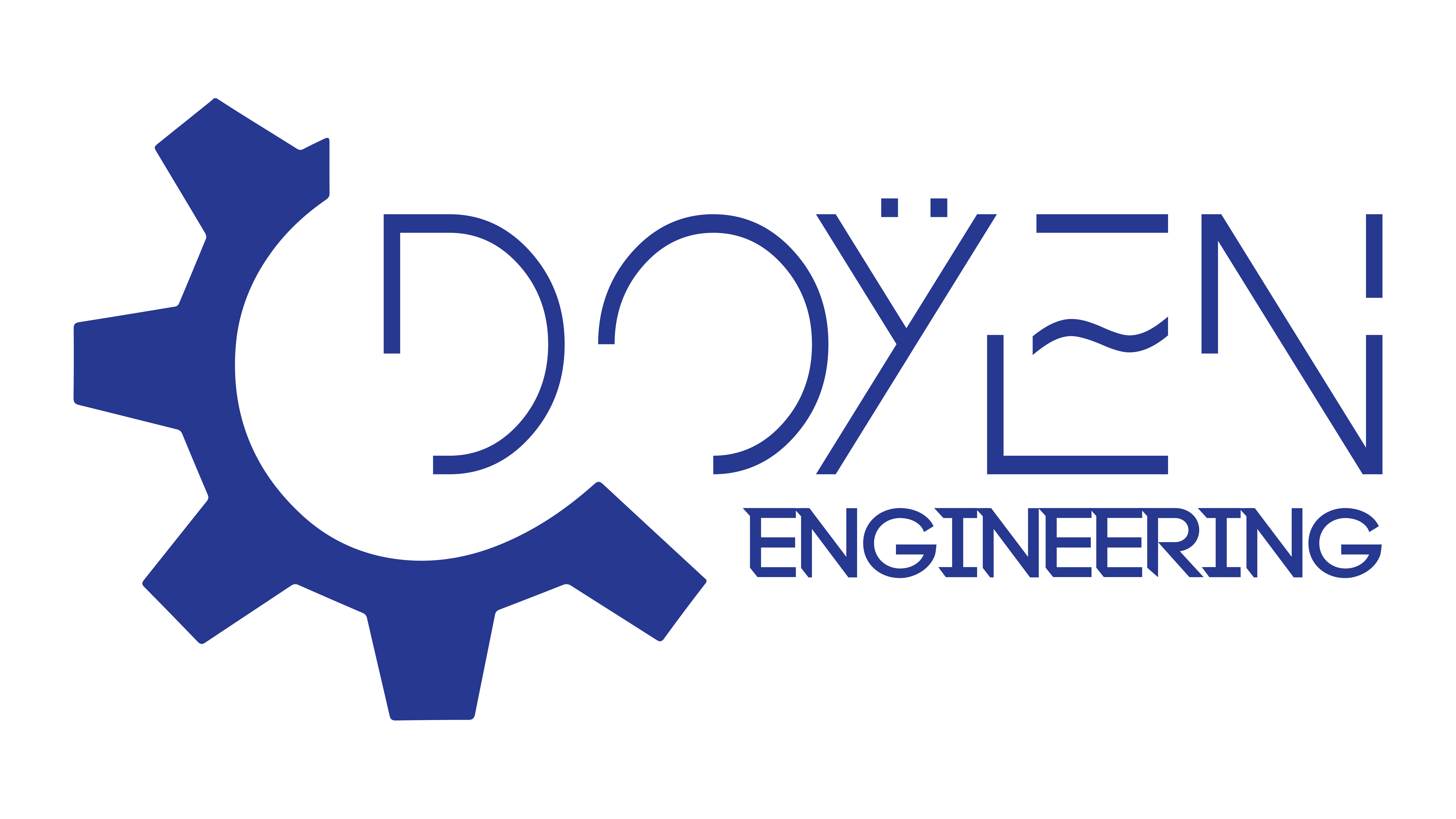
Introduction to Power Distribution Networks
Importance of Power Distribution Networks
Power distribution networks play a crucial role in ensuring that electricity reaches homes and businesses. They are essentially the backbone of power delivery, influencing the reliability and efficiency of energy supply.
- They enable access to electricity for everyday needs.
- They contribute to economic growth by powering industries.
Components of Power Distribution Networks
Several key components work in harmony within power distribution networks, ensuring a consistent flow of electricity:
- Transformers: These step down voltage levels to make power safe for consumer use.
- Substations: Act as control points, transforming and redistributing electricity.
- Distribution Lines: The paths through which electrical power travels to reach end-users.
In essence, these components work diligently together to maintain a steady supply of vibrant and necessary energy.
Types of Power Distribution Networks
Overhead Power Distribution Networks
Overhead power distribution networks are the most recognizable type, with power lines strung between poles above ground. These infrastructures have advantages, such as:
- Cost-effectiveness: Easier and cheaper to install compared to underground systems.
- Accessibility: Simplified maintenance and repair processes due to their visibility.
While they are prone to weather-related disruptions, they remain a popular choice in many areas.
Underground Power Distribution Networks
On the other hand, underground power distribution networks offer a different set of benefits. These systems can enhance the aesthetics of an area and reduce risks from severe weather.
- Reliability: Less susceptible to outages caused by storms or fallen trees.
- Aesthetics: No overhead wires disrupt the natural scenery.
However, underground systems can be more expensive to install and require specialized techniques for maintenance. Both types play essential roles in the efficient distribution of electricity, catering to different needs and environments.
Key Players in Power Distribution Networks
Utility Companies
Utility companies are at the heart of power distribution networks, responsible for generating, transmitting, and distributing electricity to consumers. These companies ensure that our homes and businesses have a reliable power supply.
- Customer Service: They provide support for outages and billing inquiries.
- Infrastructure Maintenance: Regularly inspect and upgrade lines and equipment to ensure safety.
Each household and organization relies on these companies for daily electricity needs.
Regulators and Authorities
Equally important are regulators and authorities, who oversee the operations of utility companies to promote fair practices and protect consumers.
- Policy Development: They set rules for energy pricing and service standards.
- Environmental Regulations: Ensure compliance with laws that protect the environment.
Their roles help maintain a balance between the needs of the public and the operational demands of utilities, ensuring a sustainable and effective power distribution network.
Design and Planning of Power Distribution Networks
Load Analysis
Designing an efficient power distribution network begins with load analysis. This process estimates the amount of electricity that will be demanded by consumers.
- Data Collection: Gather information on current and future electricity demands.
- Peak Loads: Identify peak usage times to ensure the network can handle surges in demand.
Understanding these factors helps in creating a plan that accommodates growth and changes.
Network Configuration
Following load analysis, the next step is network configuration, which determines the layout of power lines and assets.
- Grid Design: Engineers decide on radial, looped, or meshed configurations based on the area.
- Connection Points: Strategically identify substations and transformers for balanced distribution.
A well-planned configuration not only improves efficiency but also minimizes outages, ensuring that power flows smoothly to all users. Each decision made in this process is crucial for future reliability and performance of the distribution network.

Operation and Maintenance of Power Distribution Networks
Fault Detection and Repair
Effective operation of power distribution networks is heavily reliant on robust fault detection and repair processes. Utilities utilize advanced technologies to quickly identify problems, ensuring minimal downtime.
- Smart Sensors: Installed throughout the network, these devices monitor for irregularities in real-time.
- Rapid Response Teams: Trained personnel are mobilized immediately upon detection of faults, performing necessary repairs.
These measures help maintain reliability, ensuring customers receive uninterrupted power.
Preventative Maintenance Measures
In addition to reactive measures, preventative maintenance is essential for prolonging the life of the infrastructure. Utilities conduct regular inspections and maintenance routines to identify potential issues before they escalate.
- Scheduled Check-ups: Routine examinations of transformers and lines to catch wear and tear.
- Equipment Upgrades: Updating old components with modern technologies that enhance performance.
By committing to these preventative strategies, utilities can greatly reduce outages and extend the lifespan of their equipment, ensuring a stable and efficient power distribution network for all.

Challenges Faced by Power Distribution Networks
Aging Infrastructure
One of the most significant challenges confronting power distribution networks today is aging infrastructure. Many systems are decades old, contributing to inefficiencies and service disruptions.
- Increased Maintenance Costs: Older components often require more frequent repairs.
- Capacity Issues: Aging lines struggle to meet today’s energy demands.
Utilities must prioritize upgrades to enhance efficiency and reliability.
Cybersecurity Threats
In addition to physical issues, cybersecurity threats are becoming increasingly concerning for power distribution networks. As these systems evolve and integrate digital technologies, they face new vulnerabilities.
- Malware Attacks: Cybercriminals can target network control systems, risking outages.
- Data Breaches: Sensitive consumer information may also be compromised.
To combat these threats, utilities need to invest in strong cybersecurity measures, ensuring that their infrastructure remains secure and resilient. Addressing these challenges is crucial for the long-term stability and safety of power distribution networks.
Innovations in Power Distribution Networks Technology
Smart Grids
Innovations like smart grids are revolutionizing power distribution networks. These advanced systems utilize digital communication technology to enhance the reliability and efficiency of electricity delivery.
- Real-time Monitoring: Utilities can track system performance and detect issues immediately.
- Consumer Engagement: Smart meters give consumers insights into their energy usage, encouraging conservation.
This technology aids in managing loads better and reducing outages.
Renewable Energy Integration
Another pivotal innovation is the integration of renewable energy sources. As society moves toward sustainability, power distribution networks are adapting to incorporate solar, wind, and other renewables.
- Decentralized Generation: Home solar panels and community wind farms contribute to the grid.
- Flexibility in Supply: Systems are being redesigned to manage varying energy inputs effectively.
Integrating renewables not only supports environmental goals but also boosts grid resilience, showcasing a significant shift toward a more sustainable future in energy distribution.

Future Trends in Power Distribution Networks
Microgrids
As we look to the future, microgrids are emerging as an exciting trend in power distribution networks. These localized energy systems can operate independently or alongside the main grid, offering enhanced reliability and resilience.
- Localized Control: Communities can manage their own energy resources.
- Energy Independence: Microgrids are less affected by disruptions to the main grid, ensuring consistent power supply.
This adaptability makes them ideal for integrating renewable energy sources.
Energy Storage Solutions
Another key trend is the expansion of energy storage solutions. As renewable energy sources become more prevalent, efficient storage technologies will play a critical role in maintaining balance within the grid.
- Batteries: Advanced battery systems can store excess energy generated during peak production times.
- Flexibility: These solutions allow for energy dispatch when demand spikes, smoothing out usage patterns.
By investing in microgrids and energy storage, power distribution networks can become more resilient, efficient, and sustainable, paving the way for a greener future.





